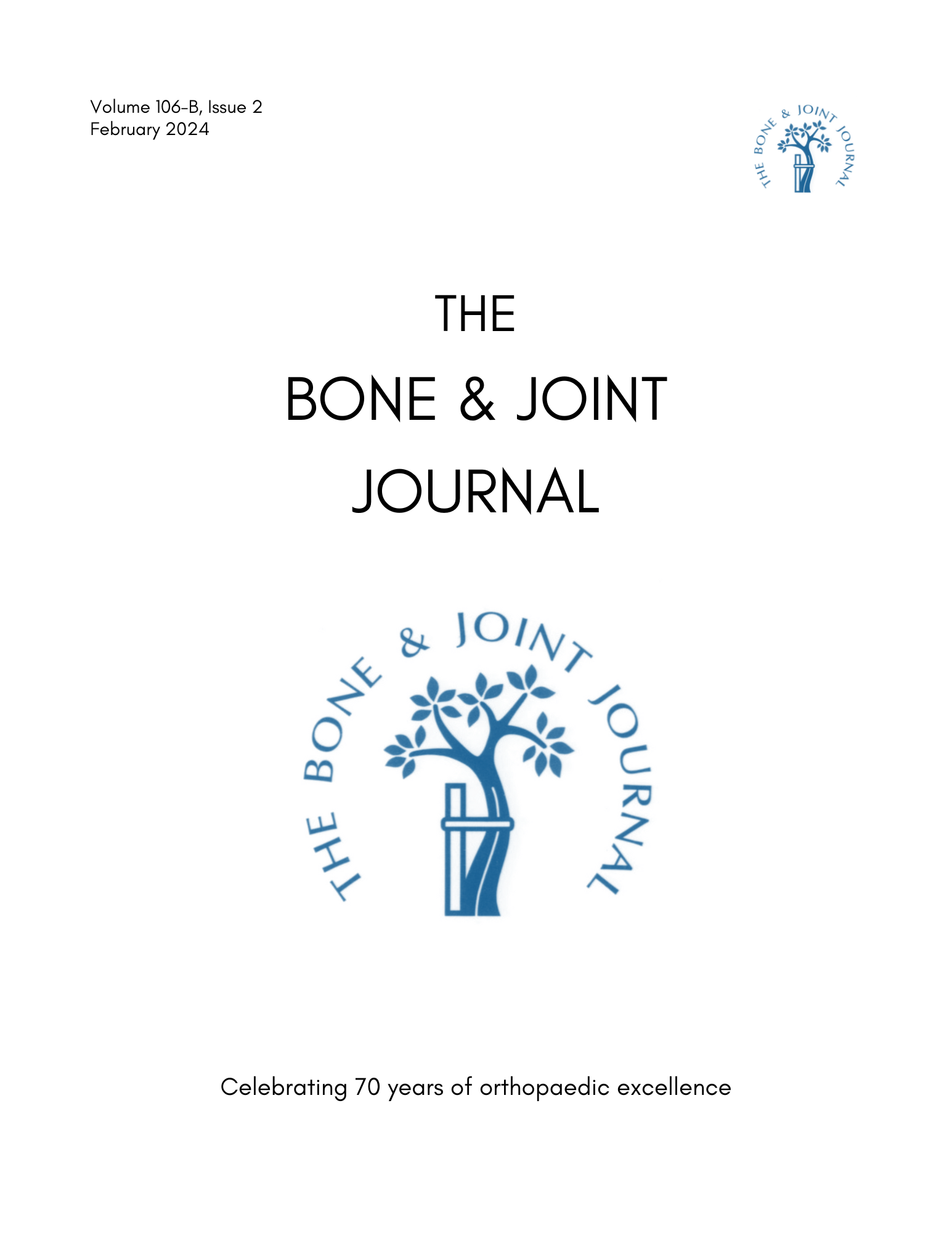
Unicompartmental knee replacement provides excellent results at 15 years

Unicompartmental knee replacement provides excellent results at 15 years
Unicompartmental or total knee replacement: The 15-year results of a prospective randomized controlled trial
J Bone Joint Surg Br. 2009 Jan;91(1):52-7Did you know you're eligible to earn 0.5 CME credits for reading this report? Click Here
Synopsis
To compare the two surgical procedures, 102 knees requiring knee replacement were randomized to receive either unicompartmental knee replacement (UKR) or total knee replacement (TKR). A previous assessment established that UKR had superior results at 5 year follow-up. The continued 15 year follow-up demonstrated that results were maintained with 71.4% of patients having excellent outcomes in terms of Bristol knee score and prosthesis survivorship.
Was the allocation sequence adequately generated?
Was allocation adequately concealed?
Blinding Treatment Providers: Was knowledge of the allocated interventions adequately prevented?
Blinding Outcome Assessors: Was knowledge of the allocated interventions adequately prevented?
Blinding Patients: Was knowledge of the allocated interventions adequately prevented?
Was loss to follow-up (missing outcome data) infrequent?
Are reports of the study free of suggestion of selective outcome reporting?
Were outcomes objective, patient-important and assessed in a manner to limit bias (ie. duplicate assessors, Independent assessors)?
Was the sample size sufficiently large to assure a balance of prognosis and sufficiently large number of outcome events?
Was investigator expertise/experience with both treatment and control techniques likely the same (ie.were criteria for surgeon participation/expertise provided)?
Yes = 1
Uncertain = 0.5
Not Relevant = 0
No = 0
The Reporting Criteria Assessment evaluates the transparency with which authors report the methodological and trial characteristics of the trial within the publication. The assessment is divided into five categories which are presented below.
2/4
Randomization
3/4
Outcome Measurements
3/4
Inclusion / Exclusion
4/4
Therapy Description
3/4
Statistics
Detsky AS, Naylor CD, O'Rourke K, McGeer AJ, L'Abbé KA. J Clin Epidemiol. 1992;45:255-65
The Fragility Index is a tool that aids in the interpretation of significant findings, providing a measure of strength for a result. The Fragility Index represents the number of consecutive events that need to be added to a dichotomous outcome to make the finding no longer significant. A small number represents a weaker finding and a large number represents a stronger finding.
Why was this study needed now?
Unicompartmental knee replacement (UKR) has increased in popularity over the last few years; however, there is still an existent belief that a TKR is preferable for patients over the age of 60, as is regarded to have a better success rate. The data in this study has previously established the superiority of UKR with a follow up of 5 years. For a longer term follow up of 15 years, this study was conducted to validate the findings.
What was the principal research question?
Does the use of the St Georg Sled unicompartmental knee replacement provide superior outcomes when compared to total knee replacement at 15 years?
What were the important findings?
- Surgeries in 4 patients in the UKR group were unsuccessful (either revision surgery or a Bristol knee score < 60), whereas in 6 patients in the TKR group were considered unsuccessful (p=0.51) .
- 71.4% of patients had an excellent outcome in the UKR group compared to 52.6 % in the TKR.
- Average Bristol knee scores were 92 and 87.5 in the UKR and TKR groups, respectively (p=0.99), with the median pain scores being 40 and 35 (15-90), respectively.
- The survivorship of the implant (either revision surgery or a Bristol knee score < 60) was 89.8% (95% CI 74.3 to 100) in the UKR group and 78.7% (95% Ci 56.2 to 100) in the TKR group. There was no difference in survival between the two groups (p=0.51).
- 78% patients in the UKR group had > 120° of flexion compared to 38% in the TKR group (p=0.08).
What should I remember most?
Unicompartmental knee replacement maintained the excellent early results at 15 years, demonstrating excellent Bristol knee scores and implant survivorship.
How will this affect the care of my patients?
The use of UKR can provide excellent results for elderly patients requiring knee replacement. Further research is needed with larger simple sizes.
Learn about our AI Driven
High Impact Search Feature
Our AI driven High Impact metric calculates the impact an article will have by considering both the publishing journal and the content of the article itself. Built using the latest advances in natural language processing, OE High Impact predicts an article’s future number of citations better than impact factor alone.
Continue



 LOGIN
LOGIN

Join the Conversation
Please Login or Join to leave comments.